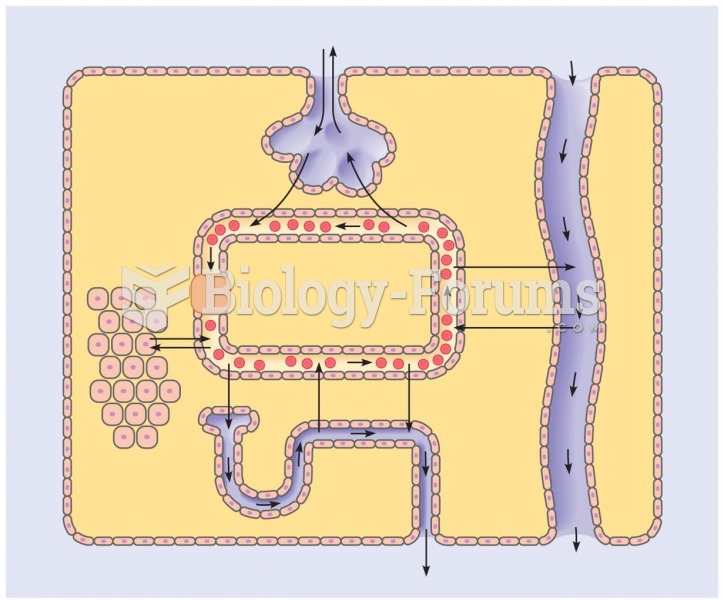|
|
|
Did you know?
Cytomegalovirus affects nearly the same amount of newborns every year as Down syndrome.
Did you know?
Women are 50% to 75% more likely than men to experience an adverse drug reaction.
Did you know?
Common abbreviations that cause medication errors include U (unit), mg (milligram), QD (every day), SC (subcutaneous), TIW (three times per week), D/C (discharge or discontinue), HS (at bedtime or "hours of sleep"), cc (cubic centimeters), and AU (each ear).
Did you know?
Approximately 25% of all reported medication errors result from some kind of name confusion.
Did you know?
The Romans did not use numerals to indicate fractions but instead used words to indicate parts of a whole.







